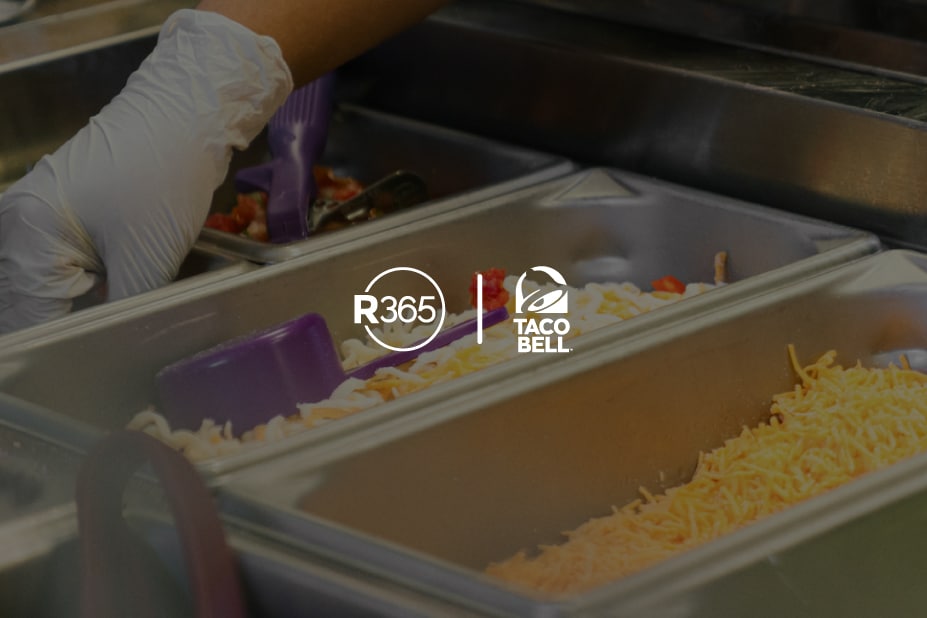In the cutthroat world of restaurants where every penny and every minute counts, effective restaurant management software can make or break success.
While Lightspeed offers POS features, R365 provides a more comprehensive and integrated solution, whether you’re managing one location or hundreds.


